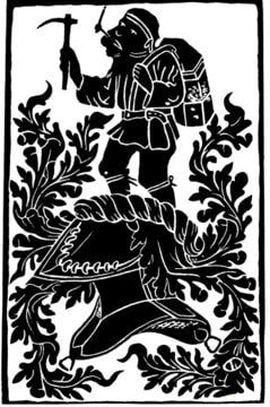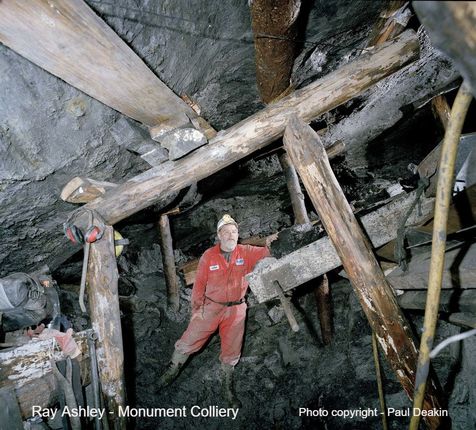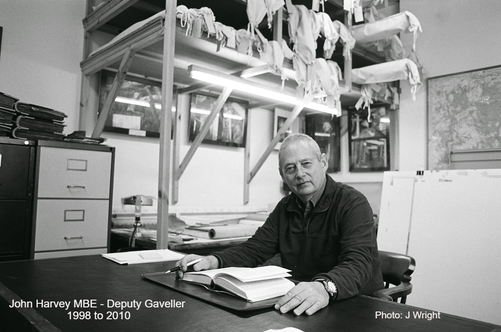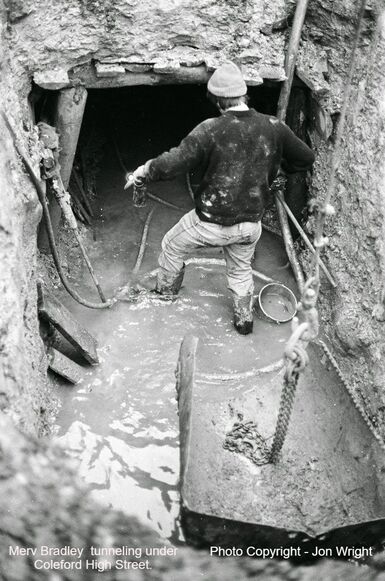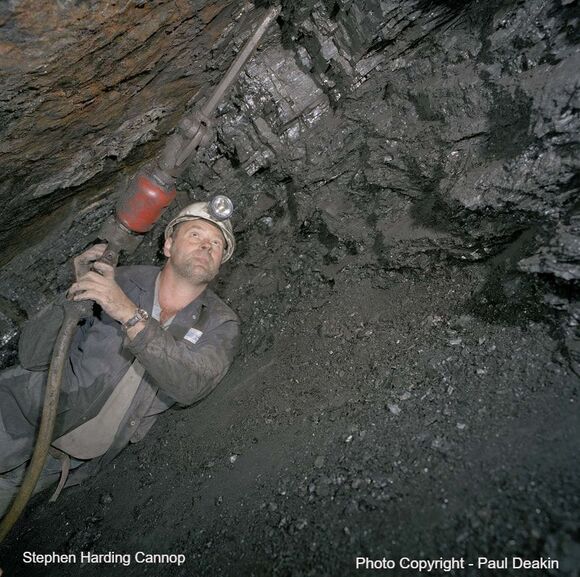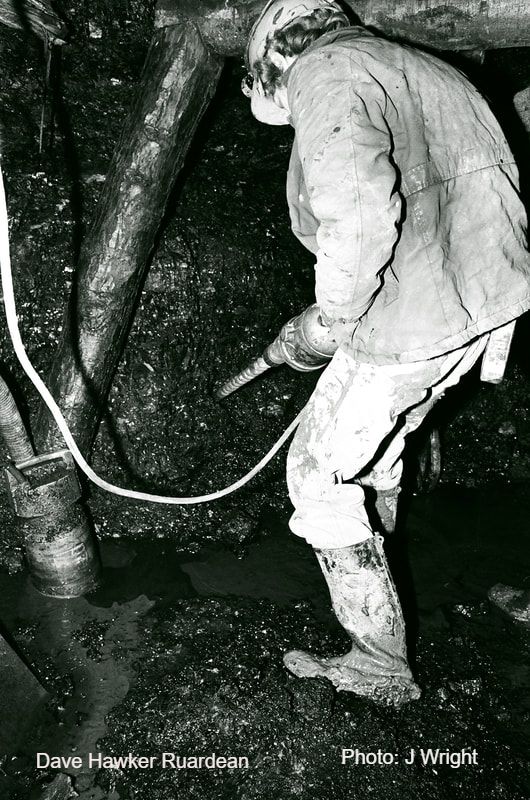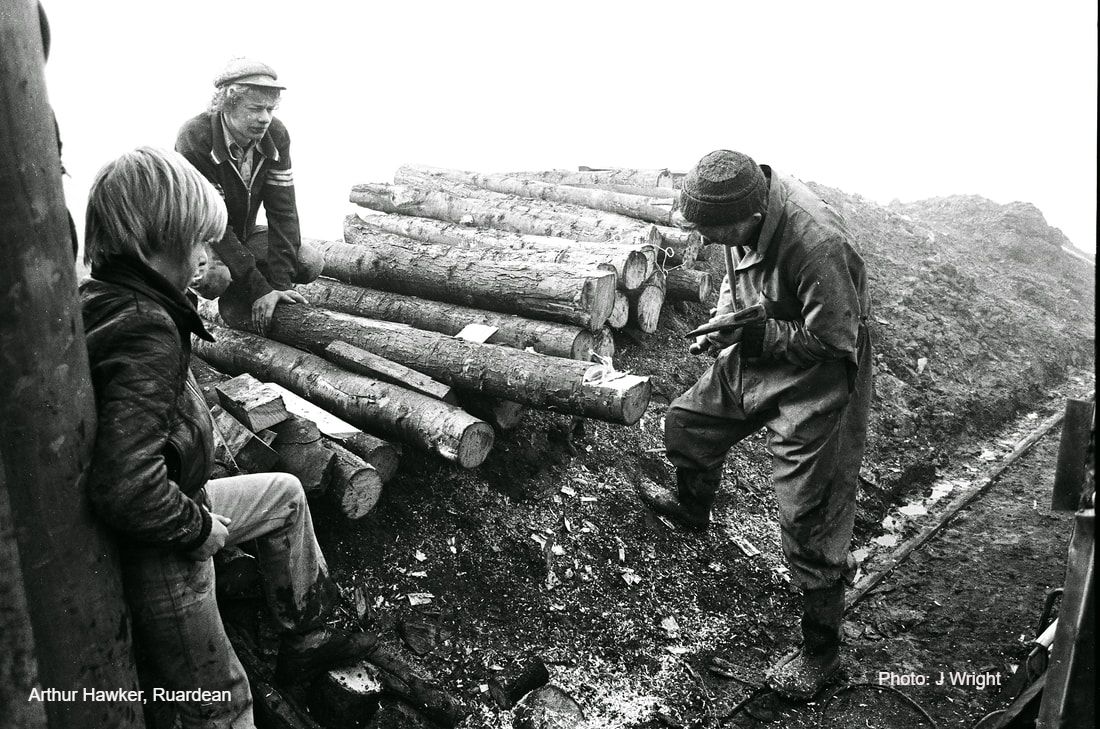Royal Forest of Dean Freeminers' Association
Gloucestershire
Gloucestershire
Forest of Dean miners practising and supporting the unique Freemining customs of the Royal Forest of Dean.
Contacts
Dr Jason Griffiths
Hon. Secretary
07788654023
griffithsjasonj@gmail.com
Royal Forest of Dean Freeminers' Association
c/o The Cottage,
The Bourts,
Lydbrook,
Royal Forest of Dean,
Gloucestershire.
GL17 9QB
Jonathan Wright
President
01594 832535
info@clearwellcaves.com
Royal Forest of Dean Freeminers' Association
c/o Clearwell Caves
The Rocks,
Clearwell,
near Coleford,
Royal Forest of Dean,
Gloucestershire.
GL16 8JR
